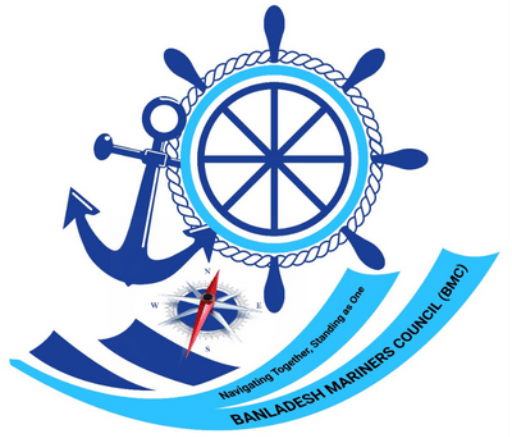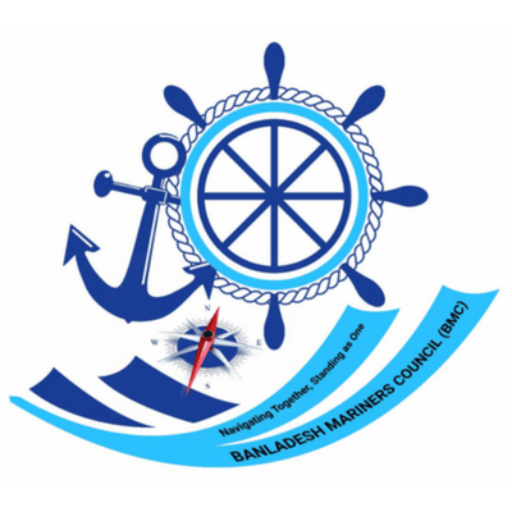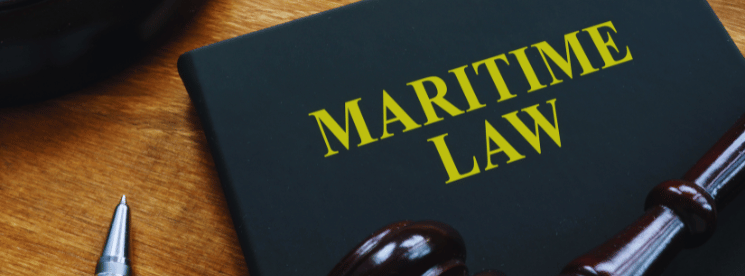The maritime industry is a cornerstone of global trade, with ships transporting over 80% of the world’s merchandise by volume. As the industry evolves, so do the regulations governing it. Recent updates to maritime regulations address environmental concerns, safety enhancements, and technological advancements. Staying informed about these changes is crucial for mariners, shipping companies, and maritime stakeholders to ensure compliance and operational efficiency. In this article, we will explore the latest maritime regulations, their impact on the industry, and how you can stay ahead of these changes.
1. Environmental Regulations
1.1. International Maritime Organization (IMO) Greenhouse Gas Strategy
The International Maritime Organization (IMO) has set ambitious targets to address climate change and reduce greenhouse gas (GHG) emissions from international shipping. Key elements include:
- Reduction Targets: The IMO aims to cut GHG emissions by at least 50% by 2050 compared to 2008 levels, with a vision to achieve total decarbonization by the end of the century.
- Energy Efficiency: New regulations require ships to implement energy-efficient technologies and practices to reduce fuel consumption and emissions. This includes measures such as energy-saving devices, hull modifications, and optimized voyage planning.
Impact on Stakeholders:
- Operational Costs: Shipping companies may face increased costs related to retrofitting ships with energy-efficient technologies or purchasing low-sulfur fuels.
- Compliance Requirements: Mariners and operators will need to stay updated on compliance requirements, including emissions monitoring and reporting.
1.2. Sulfur Cap Regulations
The IMO has introduced stringent sulfur cap regulations to reduce sulfur oxide (SOx) emissions from ships:
- 2020 Sulfur Cap: Since January 1, 2020, the sulfur content in marine fuels has been limited to 0.5% globally, down from the previous limit of 3.5%. This regulation aims to reduce air pollution and improve air quality.
Impact on Stakeholders:
- Fuel Costs: The shift to low-sulfur fuels may lead to higher fuel costs for shipping companies.
- Technology Adoption: Ships may need to be equipped with scrubbers or other technologies to comply with the new sulfur limits.
1.3. Ballast Water Management Convention
The Ballast Water Management Convention, enforced by the IMO, aims to prevent the spread of invasive species through ballast water:
- Treatment Requirements: Ships are required to install ballast water treatment systems to meet the D-2 discharge standard, which limits the number of viable organisms that can be discharged with ballast water.
- Implementation Timeline: The regulations apply to all ships, with varying compliance deadlines based on the ship’s build date and flag state.
Impact on Stakeholders:
- Installation Costs: Shipping companies must invest in ballast water treatment systems and maintain compliance with treatment standards.
- Operational Changes: Mariners will need to be trained in the operation and maintenance of ballast water treatment systems.
2. Safety Regulations
2.1. Enhanced Safety Measures for Container Ships
The IMO has introduced new safety regulations for container ships to address concerns related to cargo stability and fire safety:
- Cargo Securing: Updated regulations require enhanced measures for securing cargo and preventing cargo shift, which can lead to stability issues.
- Fire Safety: New requirements focus on improving fire detection and suppression systems on container ships.
Impact on Stakeholders:
- Compliance Costs: Shipping companies may incur costs for upgrading safety systems and implementing new cargo securing measures.
- Training Needs: Mariners will need training on new safety procedures and equipment.
2.2. Maritime Labour Convention (MLC) Updates
The Maritime Labour Convention (MLC) has undergone updates to enhance the welfare and rights of seafarers:
- Work and Rest Hours: Revised regulations ensure better management of work and rest hours to prevent fatigue and improve seafarer welfare.
- Health and Safety: New standards address health and safety measures, including access to medical care and occupational health services.
Impact on Stakeholders:
- Operational Adjustments: Shipping companies will need to adjust work schedules and provide better health and safety provisions for crew members.
- Regulatory Compliance: Mariners and operators must adhere to updated MLC standards and documentation requirements.
3. Technological Advancements and Regulations
3.1. Electronic Chart Display and Information System (ECDIS) Requirements
The use of Electronic Chart Display and Information Systems (ECDIS) has become mandatory for certain types of vessels:
- Mandatory Use: ECDIS is required for vessels engaged in international voyages, providing real-time navigation data and charting information.
- Training and Certification: Mariners must be trained and certified in the use of ECDIS to ensure proper operation and compliance.
Impact on Stakeholders:
- Training Costs: Shipping companies will need to invest in training programs for their crews.
- System Upgrades: Vessels may require upgrades to integrate ECDIS systems and ensure compatibility with existing equipment.
3.2. Cybersecurity Regulations
As the maritime industry increasingly relies on digital technologies, cybersecurity has become a critical concern:
- Cyber Risk Management: New regulations require shipping companies to implement cybersecurity measures to protect digital systems and data from cyber threats.
- Incident Response: Companies must have protocols in place for responding to cyber incidents and mitigating potential impacts.
Impact on Stakeholders:
- Investment in Cybersecurity: Shipping companies will need to invest in cybersecurity infrastructure and training.
- Compliance and Reporting: Mariners and operators must adhere to cybersecurity regulations and report any incidents promptly.
4. How to Stay Compliant
4.1. Regular Training and Education
Staying compliant with new maritime regulations requires continuous training and education:
- Workshops and Seminars: Attend industry workshops and seminars to stay updated on regulatory changes and best practices.
- Online Courses: Enroll in online courses focused on specific regulatory requirements and compliance.
4.2. Implementing Best Practices
Adopt best practices to ensure compliance with new regulations:
- Regular Audits: Conduct regular audits of operational procedures and equipment to ensure adherence to regulatory standards.
- Document Management: Maintain accurate documentation of compliance efforts, including training records and equipment certifications.
4.3. Engaging with Regulatory Bodies
Engage with regulatory bodies and industry organizations to stay informed:
- Industry Associations: Join industry associations and participate in discussions about upcoming regulations and industry trends.
- Regulatory Updates: Subscribe to updates from regulatory bodies such as the International Maritime Organization (IMO) and national maritime authorities.
Conclusion
The maritime industry is undergoing significant changes with the introduction of new regulations aimed at improving environmental sustainability, safety, and technological integration. Staying informed and proactive about these regulations is essential for ensuring compliance and maintaining operational efficiency. By adopting best practices, engaging in continuous training, and working closely with regulatory bodies, mariners and shipping companies can navigate these changes effectively and contribute to a safer and more sustainable maritime industry.
Call to Action
Stay ahead of regulatory changes by subscribing to our newsletter for the latest updates on maritime regulations and industry news. For more information on compliance and training resources, visit our website or contact our team for personalized support.


